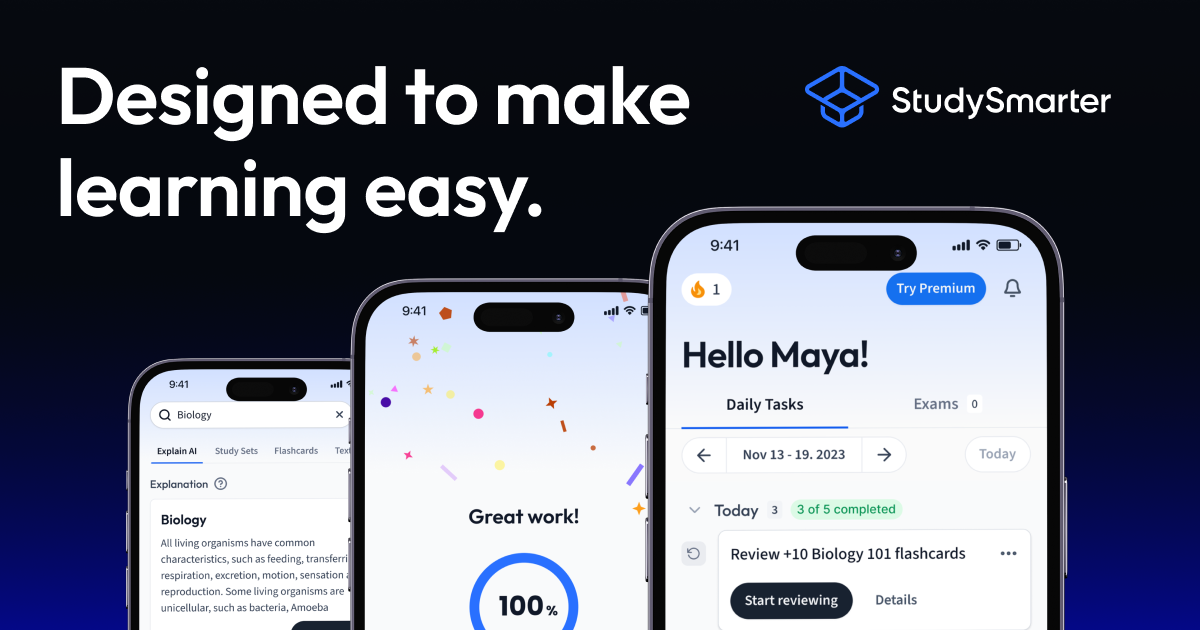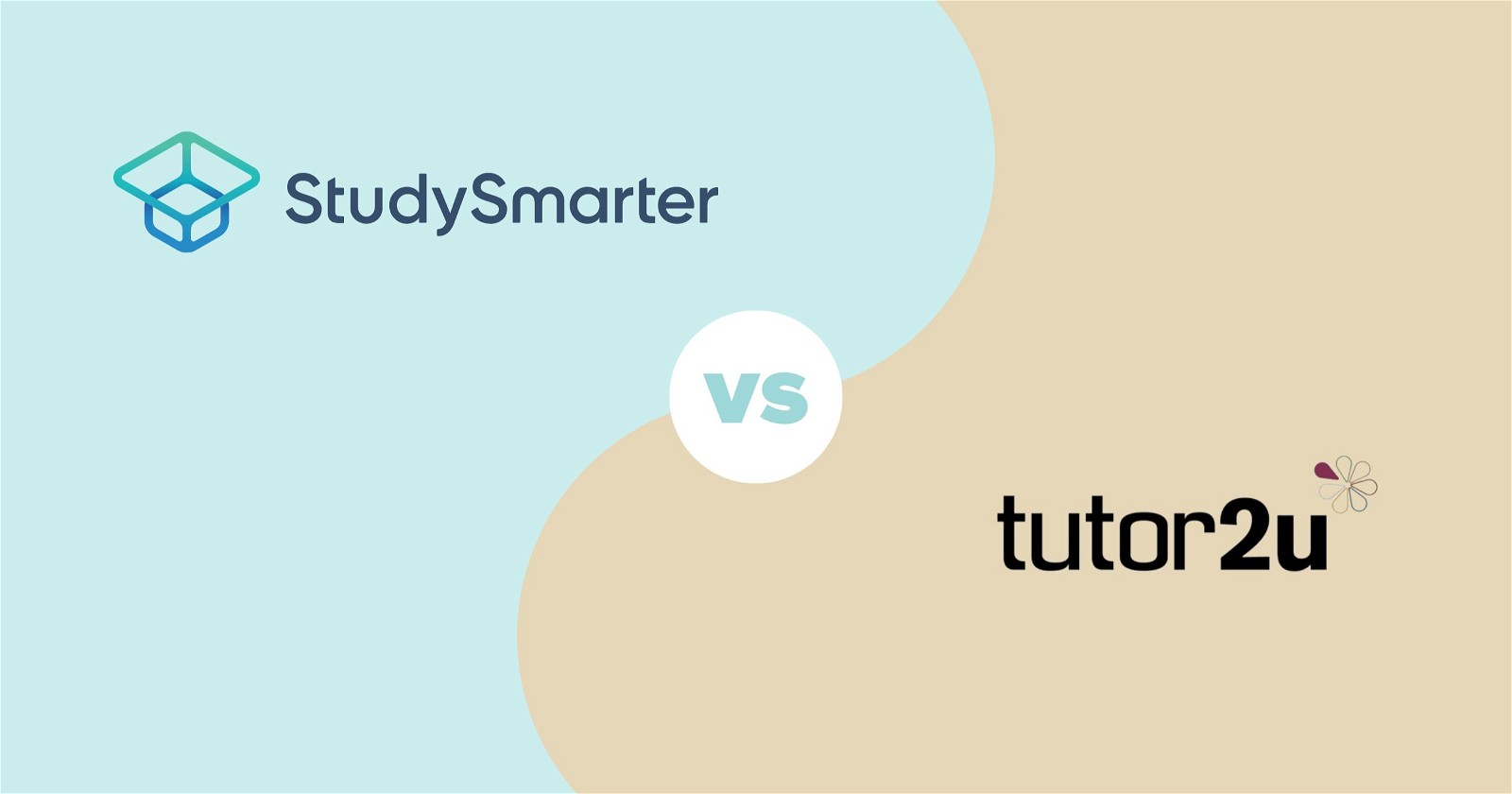Learning multiple languages is both rewarding and challenging. Many people wonder if it’s possible to learn two languages simultaneously and, if so, how to do it effectively. This article explores the cognitive and practical processes behind learning two languages at once, discusses the benefits and challenges, and provides strategies and tools to help you succeed.
Can You Learn Two Languages at Once? How We Learn Languages
Language learning involves complex processes within our brains. When we learn a language, we are not only memorising vocabulary but also developing skills in listening, speaking, reading, and writing. These processes occur in different areas of the brain, often connecting deeply with our memory, cognitive abilities, and even emotions.
Understanding how we acquire language skills helps us recognise the challenges of learning two languages at once. Learning a new language requires attention, repetition, and exposure, which activate neural pathways and build our language “muscle.” When learning two languages simultaneously, we double this cognitive load, which can be rewarding if managed well.
Can You Learn Two Languages at Once?: The Processes Behind Language Learning
Language acquisition follows a sequence. In most cases, we first familiarise ourselves with sounds, then with words, followed by phrases, and ultimately, grammatical structures.
From a cognitive perspective, learning involves repeated exposure and interaction with the language. Repetition reinforces neural connections, helping words and phrases stick in our long-term memory.
A neurological perspective shows that language processing happens in multiple brain regions. Simultaneous learning of two languages uses similar pathways but can also prompt the brain to separate the languages. This is essential to avoid “language interference,” where words or grammar from one language mix with the other.
From a developmental perspective, children are naturally adept at learning multiple languages due to high neural plasticity, but adults can achieve this too with consistent practice.
Understanding these processes shows that learning two languages at once can be done with the right strategies, but it requires more mental energy and focus than learning one language.
Examples of Learning Two Languages at Once
Here are some examples of “learning two languages at once” expressed in different language pairs, each blending elements of two languages. These phrases illustrate how you can creatively engage with both languages in your studies!
- English + German
“Learning zwei Sprachen at the same time”
(“Learning two languages at the same time”) - Spanish + Italian
“Aprender dos lingue al mismo tiempo”
(“Learning two languages at the same time”) - French + Portuguese
“Étudier deux línguas ao même temps”
(“Learning two languages at the same time”) - Japanese + Korean
“二つの 언어를 배우는こと”
(“Learning two languages”) - Mandarin + English
“学习 two languages 同时”
(“Learning two languages at the same time”) - Arabic + Turkish
“تعلم iki لغة في نفس الوقت”
(“Learning two languages at the same time”) - Hindi + English
“दो languages एक साथ सीखना”
(“Learning two languages together”)

Benefits and Challenges of Learning Multiple Languages at Once
There are several benefits and challenges to learning two or more languages at once:
Benefits
- Enhanced Cognitive Skills
Learning two languages simultaneously can improve memory, problem-solving skills, and cognitive flexibility. Studies have shown that multilingual individuals often have better multitasking abilities and a heightened ability to focus. - Efficient Learning
By learning two languages, you may notice similarities between them, especially if they are related (e.g., Spanish and Italian). Recognising patterns across languages can speed up vocabulary acquisition and improve understanding of grammar. - Cultural Exposure
Learning multiple languages broadens your perspective, allowing you to connect with different cultures. This can enhance not only your language skills but also your appreciation for diverse worldviews.
Challenges
- Language Interference
Language interference, where the vocabulary or grammar of one language interferes with another, is a common issue. This can lead to confusion and slower progress if not managed well. - Increased Cognitive Load
Learning two languages requires more time and energy, as your brain has to handle twice the vocabulary, grammar rules, and pronunciation. - Time Management
Learning a language takes time, and learning two can be overwhelming if you don’t manage your schedule. Consistent practice in both languages is essential, which can be challenging for those with limited time.
Tips and Tricks for Successfully Learning Two Languages at Once
To overcome these challenges, here are some effective strategies for learning two languages simultaneously.
Can You Learn Two Languages at Once?: Strategies
- Differentiate Your Languages
Choose languages that are distinctly different (e.g., French and Japanese). This reduces language interference by helping your brain create separate mental categories for each language. - Set Clear Goals
Define your goals for each language. For example, if your goal is to hold a basic conversation in both languages, focus on essential vocabulary and phrases rather than advanced grammar. - Alternate Learning Days
Many multilingual learners recommend alternating study days. For instance, study Language A on Monday, Wednesday, and Friday, and Language B on Tuesday, Thursday, and Saturday. This provides focused practice time for each language while giving your brain time to process. - Use Contextual Triggers
Associate each language with a specific context or activity. For example, use Language A when you’re cooking and Language B when you’re on public transport. This can help your brain switch more easily between languages.
Can You Learn Two Languages at Once?: Tools
- Language Apps (Duolingo, Babbel)
Platforms like Duolingo and Babbel allow you to learn two languages simultaneously. Both apps have features to separate each language course, helping you to stay organised and track your progress. They also incorporate gamified elements, which keep learning engaging and manageable. - Flashcards and Spaced Repetition
Apps like StudySmarter and Quizlet use spaced repetition, which helps you remember vocabulary and phrases over time. Creating separate decks for each language helps keep your vocabulary organised and prevents overlap. - Language Exchange
Language exchange apps like HelloTalk connect you with native speakers. Practicing each language with a native speaker can improve pronunciation and cultural understanding. When you interact with someone fluent in each language, you’re more likely to retain what you’ve learned. - Physical and Digital Notebooks
Keeping a dedicated notebook or digital folder for each language can help organise your notes, vocabulary, and grammar rules. Review these regularly to reinforce learning and keep each language separate.
Can You Learn Two Languages at Once on Duolingo or Babbel?
Yes, platforms like Duolingo and Babbel are designed to help learners study multiple languages at once. Duolingo, for instance, allows you to switch between languages and provides bite-sized lessons that are easy to integrate into a daily routine. Babbel offers language-specific lessons tailored for adult learners and is particularly helpful for learning grammar and conversation skills.
Using these platforms, you can maintain a consistent routine, track progress, and gradually build fluency in both languages. However, it’s important to approach each language with the same level of commitment to prevent one from outpacing the other.
Conclusion: Acing Language Learning with StudySmarter
StudySmarter is a versatile platform that can significantly aid in learning two languages simultaneously. Here’s how it can support your dual-language learning journey:
1. Interactive Flashcards
StudySmarter offers interactive flashcards that help reinforce vocabulary and grammar. You can create separate sets for each language, ensuring organised and efficient study sessions.
2. Comprehensive Grammar Summaries
The platform provides detailed summaries of grammatical concepts, allowing you to grasp the intricacies of each language. This is particularly beneficial when managing the complexities of two languages. Check out our explanations below!
3. Intelligent Study Plans and Analytics
With intelligent study plans and analytics, StudySmarter helps you monitor your progress in both languages. This feature enables you to allocate time effectively and adjust your study habits for optimal learning outcomes.
4. Collaborative Study Groups
Engaging with fellow learners through collaborative study groups allows you to exchange notes, quiz each other, and participate in discussions. This interaction deepens your understanding of both languages and their cultural contexts.
5. AI-Powered Practice Exams
StudySmarter offers AI-powered practice exams that provide instant feedback. These exams help you assess your proficiency in each language and identify areas needing improvement
Learning two languages at once is entirely possible with the right approach. While it requires dedication and careful time management, it can also enhance cognitive abilities, cultural awareness, and overall language proficiency. By using effective strategies and the right tools, you can manage the unique challenges and enjoy the rewards of becoming multilingual. Remember, persistence and consistency are key—keep a clear structure, practice regularly, and enjoy the journey of mastering two languages.
Frequently Asked Questions (F.A.Qs)
Yes, learning two languages simultaneously is possible, though it requires careful planning and consistency. Many people successfully learn two languages at once by managing their study time effectively.
Yes, you can learn two programming languages at once. It's often beneficial to learn languages with different purposes, like Python (general-purpose) and SQL (database queries). However, ensure you have enough practice to reinforce unique syntax and concepts.
- Set Clear Goals: Define what proficiency level you aim for in each language. - Separate Study Times: Study each language at different times of the day or on alternate days to avoid mixing them up. - Use Different Resources: Use distinct apps, books, or online resources for each language. - Practice Daily: Consistent, brief practice is often better than occasional, intense sessions. - Immerse Yourself in Both: Listening to music, watching films, or speaking with native speakers can strengthen your language skills in unique ways.
How we ensure our content is accurate and trustworthy?
At StudySmarter, we have created a learning platform that serves millions of students. Meet the people who work hard to deliver fact based content as well as making sure it is verified.

Gabriel Freitas is an AI Engineer with a solid experience in software development, machine learning algorithms, and generative AI, including large language models’ (LLMs) applications. Graduated in Electrical Engineering at the University of São Paulo, he is currently pursuing an MSc in Computer Engineering at the University of Campinas, specializing in machine learning topics. Gabriel has a strong background in software engineering and has worked on projects involving computer vision, embedded AI, and LLM applications.
Get to know Gabriel




